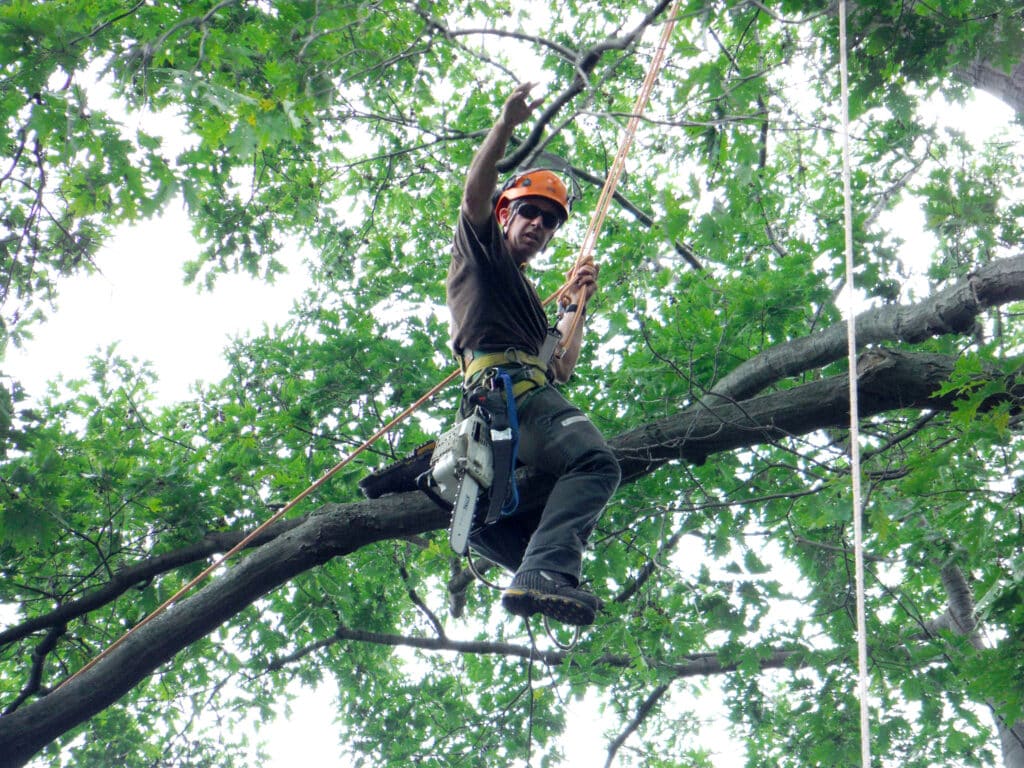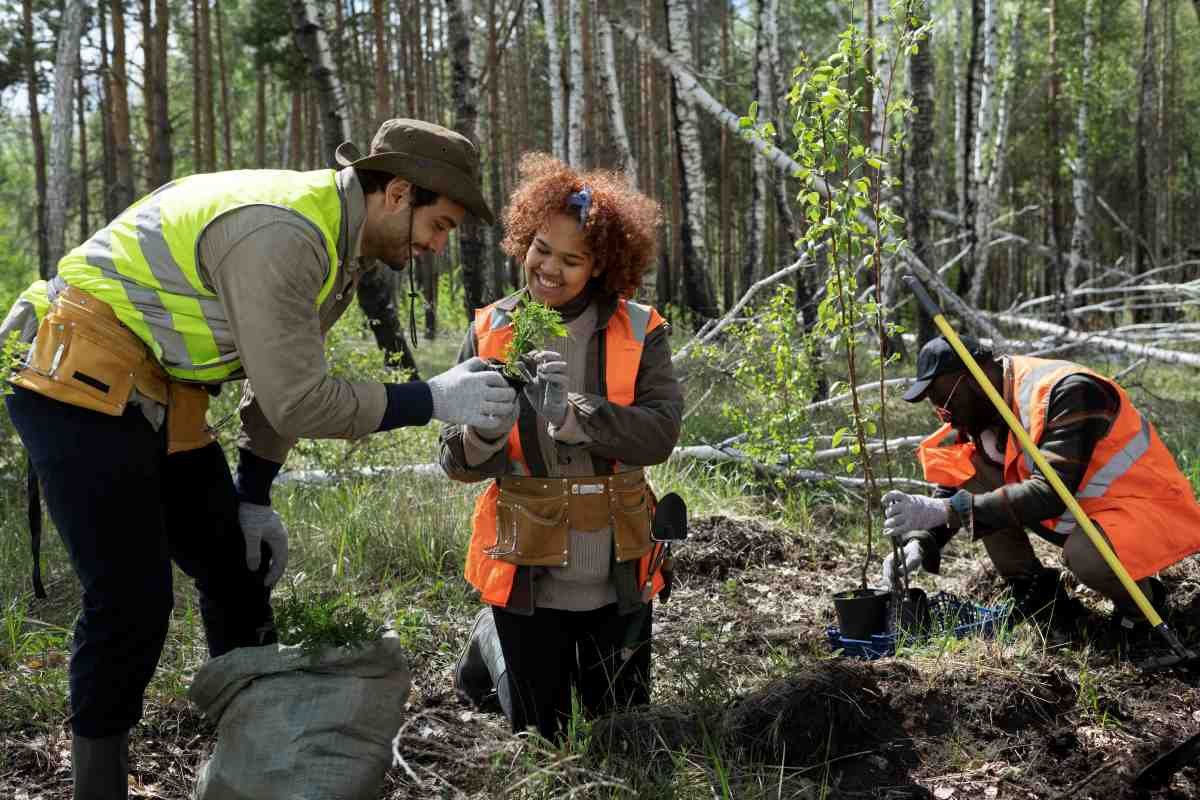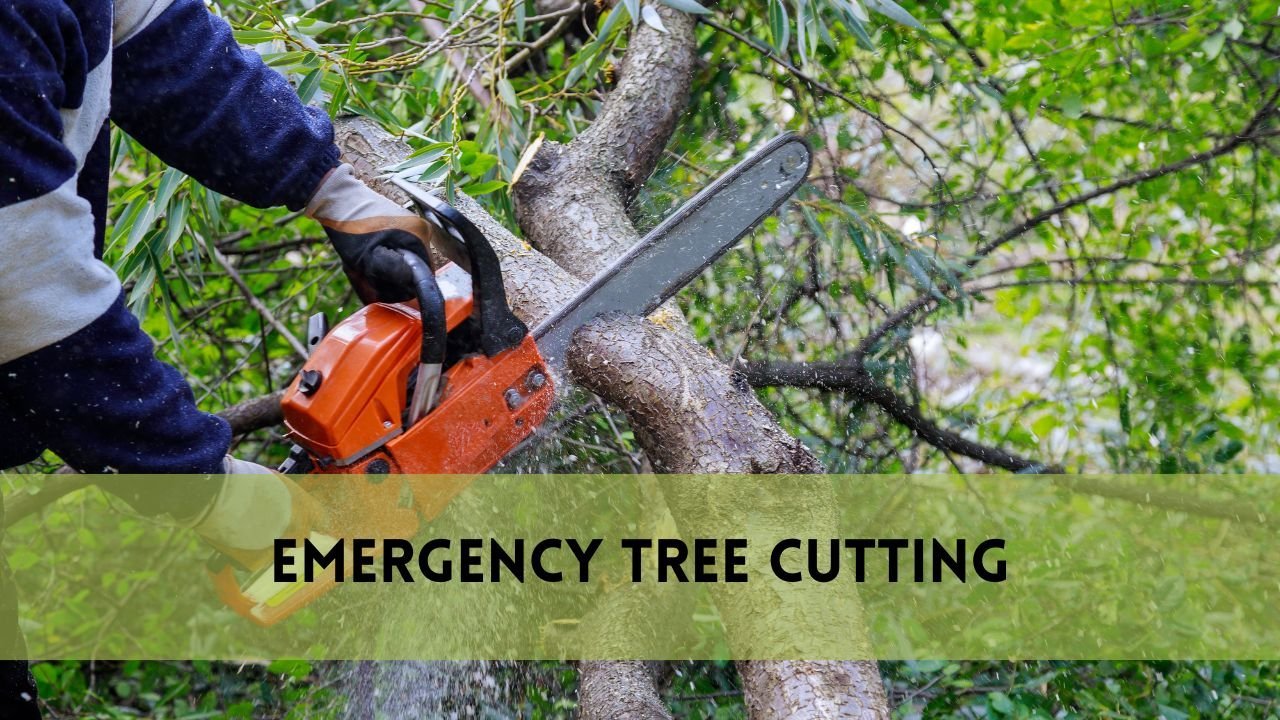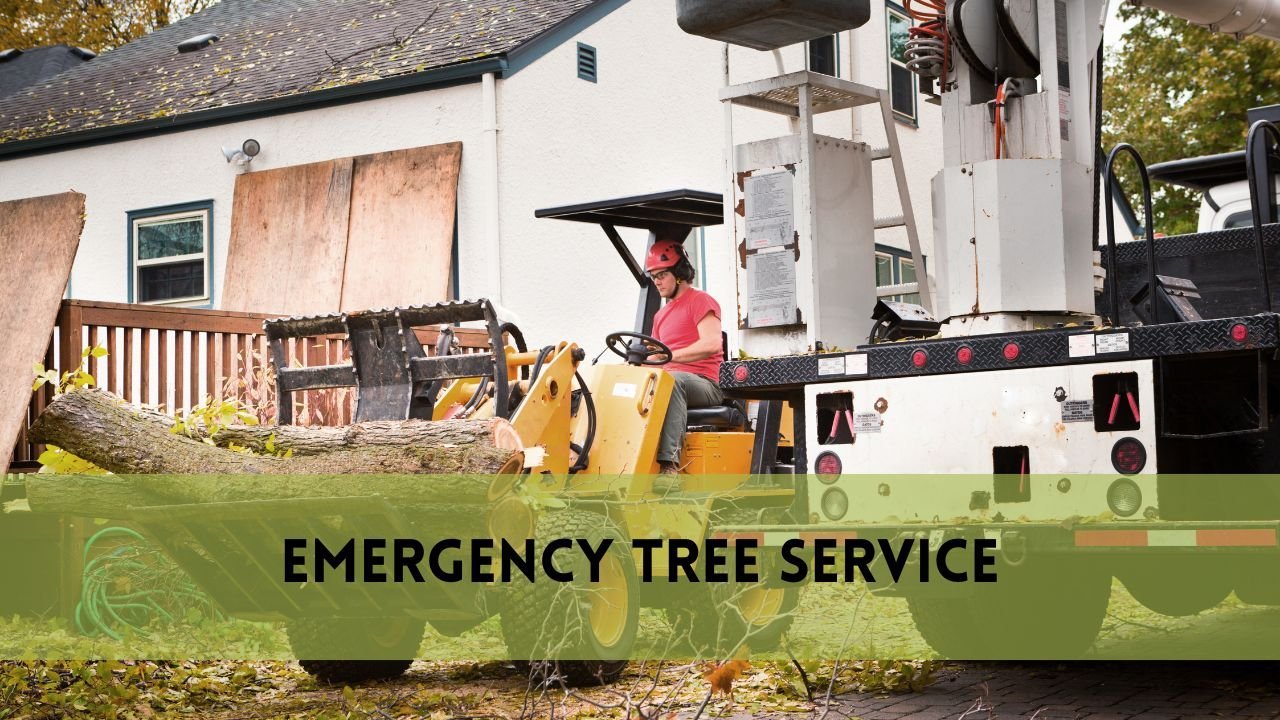Moss, with its lush green appearance, is a common sight in the natural world, often adorning the trunks and branches of trees. While it may seem harmless and even charming, the presence of moss on trees can be indicative of underlying issues that, if left unaddressed, can harm the health and vitality of these towering giants. In this comprehensive guide, we delve into the world of moss on trees, uncovering the reasons behind its growth, its potential impact on tree health, and, most importantly, how to effectively remove moss from trees.
Understanding the Moss on Trees
Moss, with its lush, velvety appearance, often graces the trunks and branches of trees, lending an air of mystique to the forest. However, while this green growth may seem harmless or even picturesque, it plays a role in the intricate dance of forest ecosystems.
How Does Moss Affect Trees?
Moss, a non-vascular plant, has a unique relationship with trees. Understanding this interaction is crucial for appreciating its effects:
- Moisture Retention:Moss acts like a sponge, soaking up and retaining moisture from rain or humidity. This can be beneficial for trees, especially during dry spells, as it creates a microclimate with higher humidity levels.
- Temperature regulationMoss insulates tree bark from extreme temperature fluctuations, providing a protective buffer against both cold and heat.
- Soil enrichmentAs mosses decompose, they release nutrients into the surrounding soil. These nutrients can be absorbed by the tree’s roots, contributing to its overall health.
- Potential Harm:Excessive moss growth can pose risks. Thick moss blankets may trap too much moisture, leading to bark decay, which can weaken a tree’s structural integrity.
Common Types of Moss on Trees
- Feather Moss
- Haircap Moss
- Sphagnum Moss
- Cushion Moss
- Reindeer Moss
Assessing the Situation
Identifying Moss-Covered Trees:
Moss-covered trees lend an enchanting aura to the woods, they also provide valuable insights into the ecosystem.
- The Mossy Clues
- Texture and color
- Moisture indicator
- Sunlight preference
- Bark variations
How to Remove Moss from Trees?
I. Timing Is Key
Moss removal is most effective when done during specific seasons:
Late winter to early spring, period, when the moss is actively growing but the trees are still dormant, is an ideal time to begin moss removal.
II. Essential Tools and Materials
Before starting the removal process, gather your tools:
Soft-Bristle Brush or Broom:Opt for a gentle, non-abrasive brush or broom to avoid damaging the tree bark.
Garden Hose:A garden hose with a gentle spray attachment will help in rinsing away loosened moss.
Bucket of Water:Prepare a bucket of clean water for rinsing the brush during the process.
III. Step-by-Step Moss Removal
Follow these steps for safe and effective moss removal:
- Starting from the top and working your way down, softly brush the moss in a downward motion. Avoid vigorous scrubbing to prevent harm to the tree’s bark.
- As you brush, moss will loosen and fall to the ground. Collect this debris and dispose of it properly.
- Use the garden hose to rinse the tree trunk, branches, and affected areas. This will wash away any remaining moss fragments.
- For heavy moss infestations, you may need to repeat the process over several sessions to ensure thorough removal.
- To deter future moss growth, consider pruning nearby vegetation to increase sunlight exposure to the tree. Ensure proper drainage to reduce excess moisture around the tree’s base.
It’s crucial to emphasize the importance of a gentle touch during moss removal. Trees are living organisms, and their bark plays a vital role in protection and nutrient transport. Aggressive removal methods, such as power washing or scraping with sharp tools, can harm the tree and should be avoided.
Halting Moss Growth
One of the simplest ways to control moss growth is to ensure that the affected area receives ample sunlight:
- Trimming branches and foliage that cast shade over the mossy area allows more sunlight to reach the ground, making it less hospitable for moss.
- Ensure that the area has proper drainage to prevent water from pooling. This can be achieved by adding drainage pipes or creating gentle slopes.
- If you have an irrigation system, adjust it to avoid excessive moisture in the moss-prone zone.
- Moss prefers acidic soil, so liming or applying lime to raise the pH level can create less favorable conditions for moss.
Moss Removal
Removing existing moss is essential to prevent it from spreading:
- Use soft-bristle brushes or brooms to remove moss from surfaces such as trees, roofs, or driveways. Be gentle to avoid damaging the underlying material.
Chemical Treatments
- Moss-killing products containing ingredients like potassium salts of fatty acids or iron sulfate can effectively control moss. Follow the manufacturer’s instructions for safe application.
Moss Barriers
Consider using physical barriers to prevent moss from taking root:
- Installing Copper or Zinc Strips:Copper or zinc strips placed on surfaces prone to moss growth can release metal ions that inhibit moss development.
Regular Maintenance
Consistent upkeep of your outdoor spaces can prevent moss from gaining a foothold:
- Regularly rake mossy areas to disturb its growth, and aerate compacted soil to improve drainage.
- A healthy lawn can outcompete moss for resources. Fertilize and maintain your grass to create a robust turf.
FAQS
What exactly is moss, and why is it found on trees?
Moss is a tiny, non-flowering plant that thrives in damp, shady environments. It frequently grows on trees because they provide a suitable surface as well as the required shade and moisture.
Is moss bad for trees?
Moss is not inherently detrimental to trees, although it might be an indicator of underlying problems. Excessive moss development could signal poor tree health or a lack of sunshine reaching the tree’s leaves.
Why should I clean moss off trees?
Removing moss from trees can benefit the tree’s bark by allowing it to breathe and receive sunlight. Excessive moss can block sunlight and trap moisture against the surface of the tree, potentially causing health issues.
When is the best time to remove moss from trees?
The best time to remove moss from trees is during the dormant season, typically late fall to early spring. This minimizes the impact on the tree and reduces the risk of damaging new growth.
How can I remove moss from trees?
You can remove moss from trees using these methods:
- Gently scrape it off with a plastic or wooden scraper.
- Use a soft brush to scrub the moss away.
- High-pressure water spraying can be effective but should be used with caution to avoid damaging the tree’s bark.
Conclusion
Removing moss from trees is not only an aesthetic improvement but also a step toward ensuring their long-term health. With the right tools, techniques, and preventative measures, you can bid farewell to the moss menace and welcome back the lush beauty of your trees.





